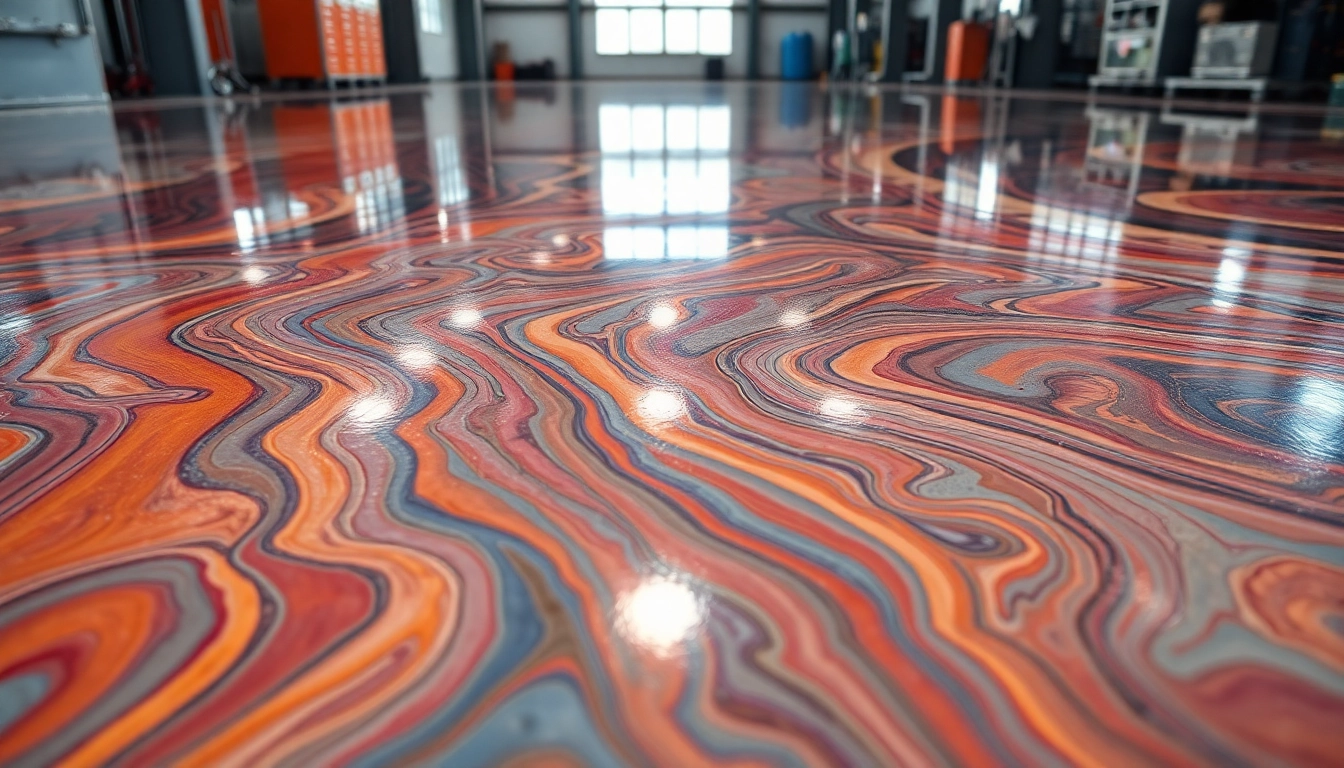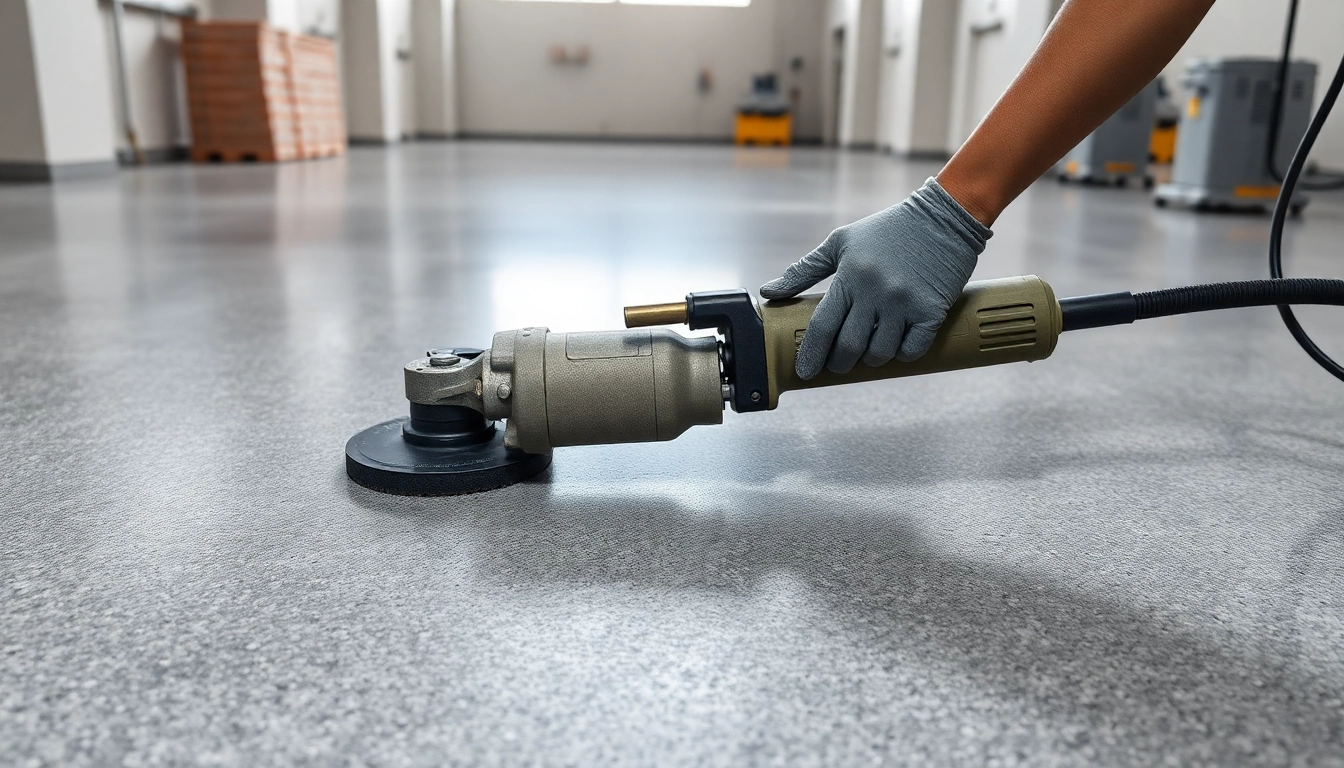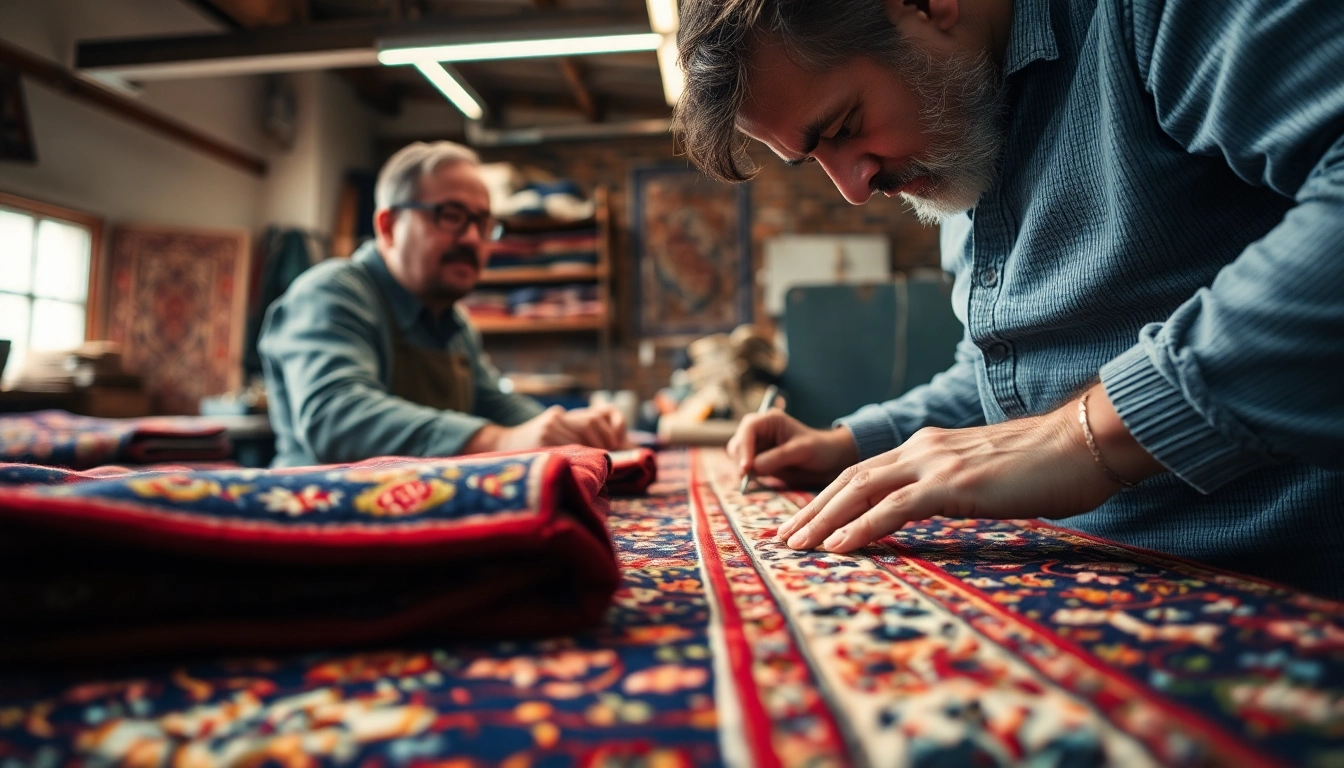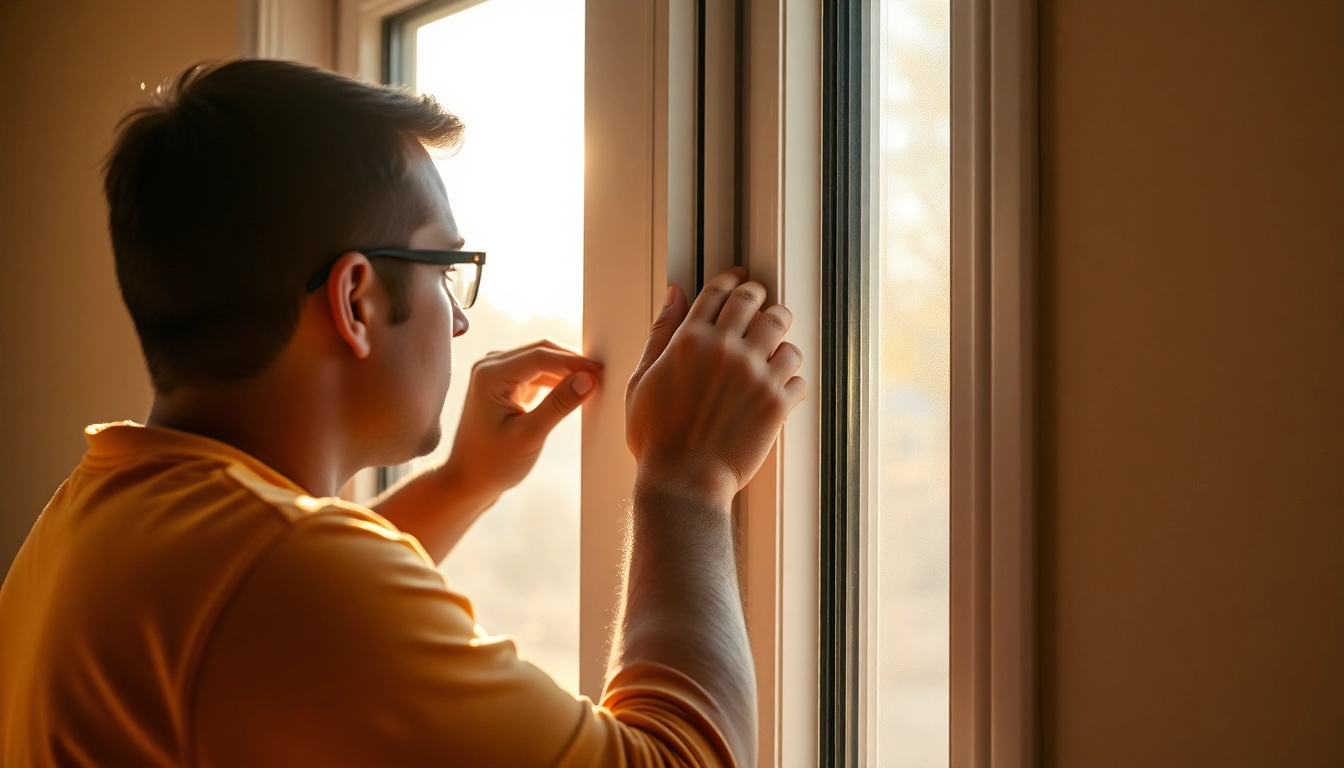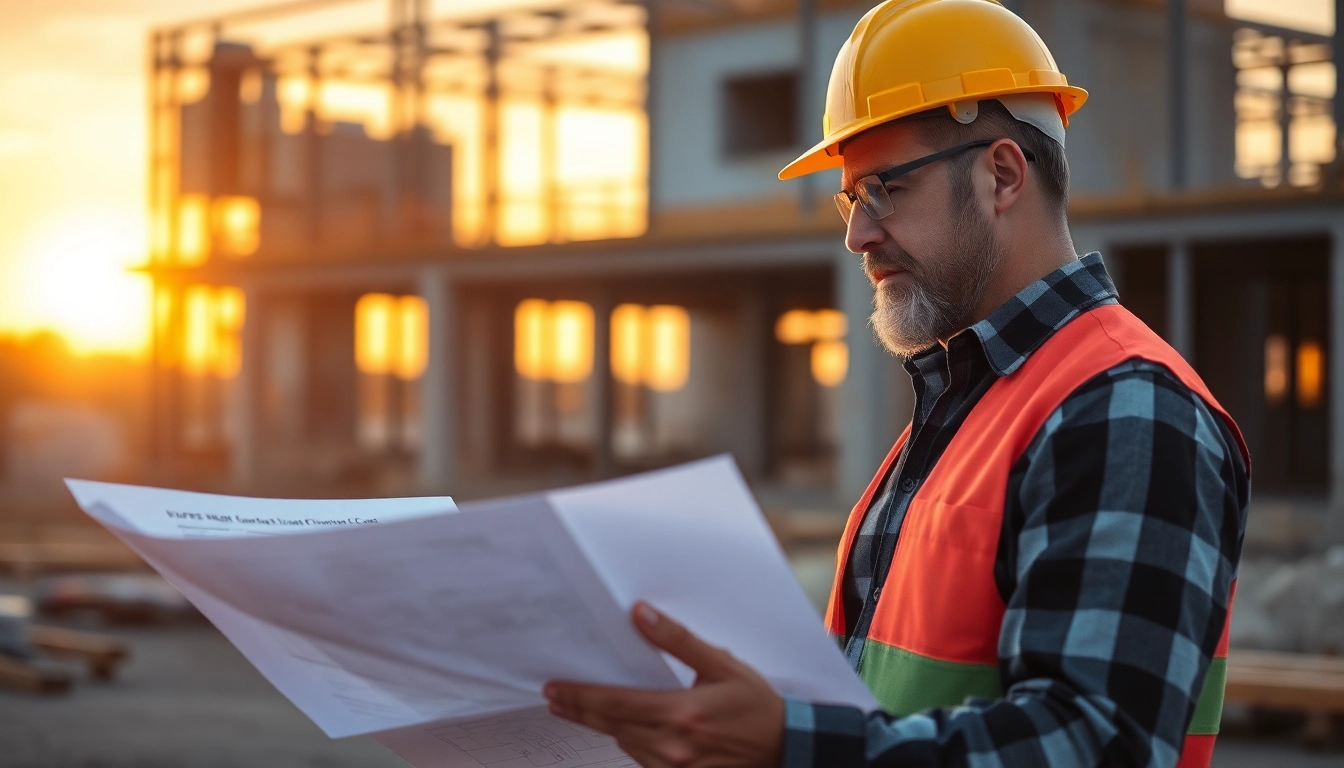Understanding Epoxy Resin Floors: Materials and Benefits
Epoxy resin flooring has revolutionized surface finishing in both commercial and residential settings with its exceptional durability, aesthetic appeal, and ease of maintenance. At its core, an epoxy resin floor is a seamless surface created by applying a layer of epoxy resin onto a prepared concrete or substrate base. This innovative flooring material is composed of two primary components: epoxy resin and a hardener, which chemically react to form a rigid, chemically resistant surface that bonds strongly to the underlying material.
The working mechanics of epoxy floors involve the resin curing and hardening into a dense, durable layer capable of withstanding heavy loads, chemical spills, abrasion, and impact. Its self-leveling properties facilitate a smooth, even finish, making it ideal for spaces where both functionality and aesthetics are paramount. Whether installed in a bustling warehouse, a sleek garage, or a stylish retail environment, epoxy floors deliver unmatched resilience.
The benefits extend beyond mere durability: epoxy floors are customizable in color and design, resistant to staining, and relatively easy to clean, which reduces long-term maintenance costs. Industry data indicates that epoxy flooring systems can significantly extend the lifespan of concrete slabs by providing a protective barrier, reducing cracking, and preventing deterioration caused by moisture infiltration or chemical attack.
Design & Customization: Achieving Aesthetic and Functional Epoxy Floors
Color Choices, Patterns, and Effects for Epoxy Resin Floors
One of the most compelling aspects of epoxy flooring is its versatility in design. Manufacturers and installers offer a wide palette of colors, from subtle neutrals to vibrant hues, enabling tailored aesthetics to match branding or interior decor. Decorative effects such as metallic sheens, flake systems, or custom graphics can create visually striking surfaces—perfect for retail spaces, showrooms, or home garages seeking a high-end look.
Practical design involves understanding how different color combinations and effects can influence space perception and safety. For example, contrasting colors can define zones or pathways, while metallic finishes add depth and luxury. Implementing layered systems such as color chips or embedded patterns enhances visual appeal, making the epoxy floor both a functional surface and a design statement.
Incorporating Textures and Anti-Slip Features
Functionality often requires safety features like anti-slip surfaces, especially in environments exposed to moisture or oil spills. Adding textured coatings, silica grit applications, or specialized anti-slip additives during the epoxy mixture ensures increased traction without compromising aesthetics. These measures are crucial in industrial kitchens, laboratories, or outdoor installations where safety is paramount.
Steps to Customize Your Epoxy Floor Design for Different Environments
Customization begins with assessing the environment—considering foot traffic, chemical exposure, and safety requirements. The process involves selecting appropriate primer and topcoat systems, choosing suitable colors and effects, and incorporating textures where needed. Consult with professional installers to optimize the design for your specific needs, ensuring the finished floor balances style, durability, and safety.
Installation Tips and Best Practices for Epoxy Resin Floors
Preparation and Surface Cleaning
Proper surface preparation is fundamental to achieving a flawless epoxy finish. This includes thorough cleaning to remove dust, grease, or existing coatings, and mechanical roughening of the substrate via grinding or shot blasting. This step ensures maximum adhesion and reduces the risk of peeling or blistering during curing.
Application Techniques for a Seamless Finish
Applying epoxy requires precision and attention to detail. Using high-quality tools like rollers, squeegees, or airless sprayers ensures even coverage. Layers should be applied in temperature-controlled environments to prevent issues like bubbles or uneven curing. Multiple coats, including primer, mid-coat, and topcoat, are often recommended for optimal performance and appearance.
Common Challenges and How to Avoid Them During Installation
Typical installation challenges include trapping air bubbles, improper mixing ratios, and environmental factors such as humidity or temperature fluctuations. These can cause surface imperfections or compromised adhesion. To mitigate these issues, follow manufacturer guidelines meticulously, conduct testing in small sections, and schedule installation during optimal weather conditions. Professional guidance further minimizes risks and guarantees a high-quality finish.
Maintenance, Durability, and Longevity of Epoxy Floors
Cleaning and Upkeep for a Long-Lasting Epoxy Resin Floor
Maintaining an epoxy floor is straightforward. Regular sweeping and mopping with mild detergents remove dirt and prevent scratching. Avoid harsh chemicals or abrasive scrubbers that could damage the surface. For areas prone to spills or stains, prompt cleaning minimizes long-term staining or surface degradation.
Repair and Refurbishment Strategies
Minor damages such as scratches or chips can often be repaired with epoxy patching compounds. For extensive damage or wear, re-coating or partial resurfacing may be necessary. In some cases, adding a new layer of epoxy over the existing system restores both appearance and performance, extending the lifespan significantly.
Performance Metrics and When to Consider Re-Coating
Key indicators for re-coating include loss of gloss, surface cracking, or increased susceptibility to staining. The typical lifespan of high-quality epoxy floors ranges from 10 to 20 years with proper maintenance. Periodic inspections help determine the optimal timing for refurbishments, ensuring continued durability and aesthetic appeal.
Cost Considerations & Making the Right Choice
Pricing Breakdown for Different Types of Epoxy Floors
Costs for epoxy flooring vary based on material quality, complexity of design, and installation specifics. Basic epoxy kits for DIY installations can start as low as $60, while professional-grade, customized systems for commercial applications may exceed $150 per square meter. Additional costs include surface preparation, labor, and finishing touches like decorative flake or metallic effects.
Factors Influencing Installation and Material Costs
Critical factors include the size and condition of the substrate, the chosen epoxy formulation, and the complexity of design features. High-traffic or chemically exposed areas require specialized, more durable formulations, increasing costs but providing better longevity. Additionally, professional installation costs encompass surface preparation, mixing, application, and curing time.
Benefits of Investing in Professional Installation vs DIY Approaches
While DIY kits are accessible, professional installation guarantees optimal adhesion, uniformity, and aesthetic quality. Experts understand environment-specific considerations and employ advanced techniques to avoid pitfalls such as bubbling or uneven curing. Investment in professional services often results in fewer long-term repairs and an overall higher return on investment.
